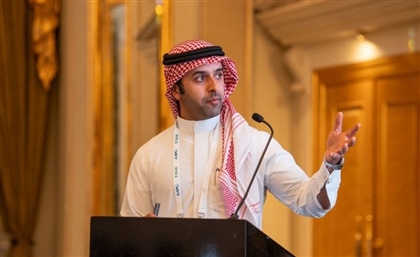SMEs in the Gulf Region Are Expected to Grow to $920 billion in the next 5 years
Small and Medium enterprises will employ 22 million people, according to a new study presented at the Sharjah Entrepreneurship Festival.

Gulf-based Small and Medium Enterprises (SMEs) are expected to grow 156 percent in the next five years, presenting a potential $920 billion added to the GCC economy, according to a new study by MENA Research Partners (MRP), presented at the Sharjah Entrepreneurship Festival. The study also indicates that the sector will employ 22 million people.
While the GCC region accounts for only 34 percent of the MENA SME sector, with around $ 360 billion per year - the equivalent of 26 percent of GDP - it has the largest potential for SMEs regionally, as it is growing from a relatively low base. The SME sector in MENA is estimated at around $1 trillion per year. In the developing countries, the sector represents around 50 percent of GDP.
“Most of this growth is expected to come from key geographies such as the Kingdom of Saudi Arabia and the UAE, which are giving high priority to SMEs across many new regulations, policies and initiatives with the aim of boosting their share in the national economy. For example, in its Vision 2030, KSA has set a target to increase the share of SMEs in its GDP from a current 20 percent to 35 percent. The UAE, in its Vision 2021, set a target to increase the share of SMEs in its non-oil GDP from a current 60 percent to 70 percent,” Anthony Hobeika, Chief Executive Officer at MENA Research Partners, says.
“SMEs are the main engine for job creation in the GCC region. Current SME employment is estimated at around 17 million people with a potential to reach 22 million in five years, a rise of around 30 percent, or the equivalent of 55 percent of the total active population”, Hobeika explained.
In a region characterised by a fast growing young population, the SME sector is considered a key partner to regional governments in absorbing the large number of youth entering the job market in the next decade. The GCC population is growing at a high rate of 2.9% with the young tranche accounting for 73% of the total. Such numbers are compared to 1.3% growth globally and rates below 50% for the young.
Hobeika adds: “Such a positive outlook for SMEs and entrepreneurship in the GCC is clearly reflected by the enthusiasm of private and institutional investors gearing up their funding into the sector. Venture capital firms have invested around $1billion into SMEs and start-ups in the past five years. Although such numbers remain low, they have been on a fast growth trajectory, driven by many success stories in sectors like technology. These initiatives are filling the large gap created by regional banks and capital markets, in failing to provide adequate funding to SMEs.”
Banks currently allocate only 2 percent of their loans to SMEs in the GCC, compared to 13 percent in the rest of MENA, and well beyond those numbers in other peer countries. Capital markets, in particular IPOs, remain closed for companies as no substantial funding has been raised from regional stock markets during the past years. Regional governments have adopted many initiatives in recent years to create and promote the SME ecosystem. Many have established specialised bodies, set-up special funds, and developed new regulations.
Main photo: Jahak, licensed by Creative Commons.






















